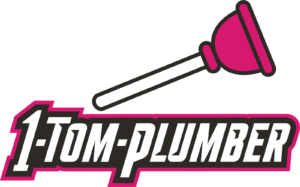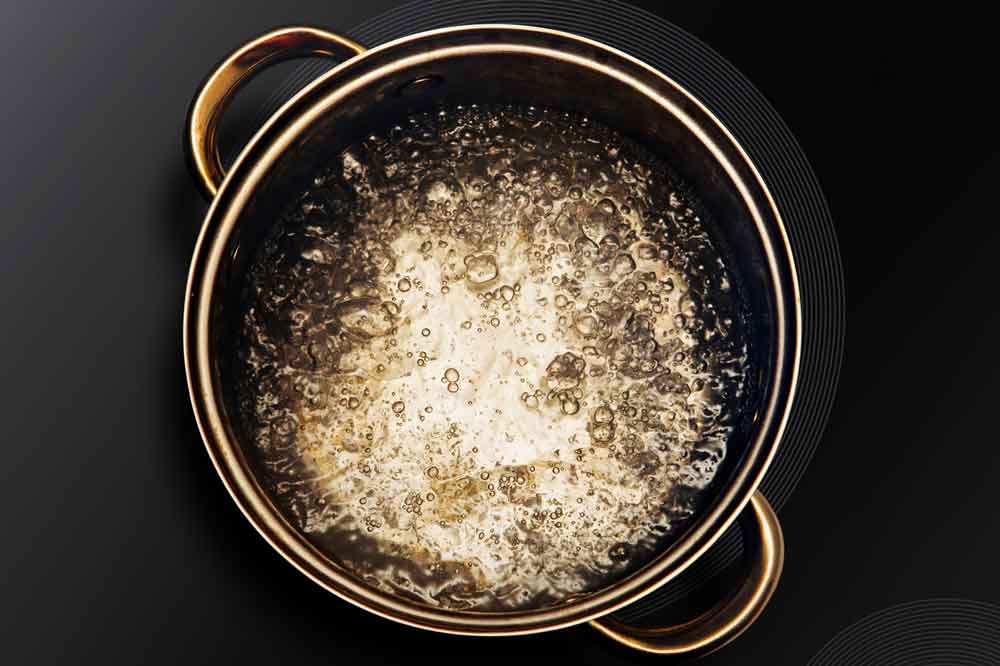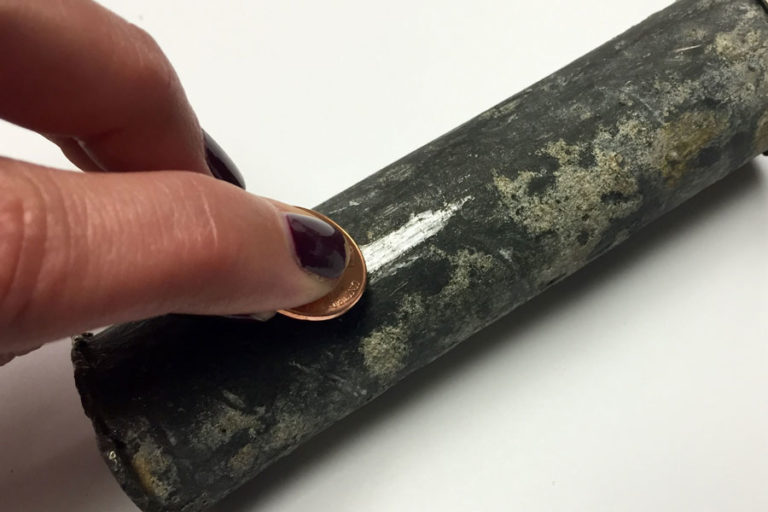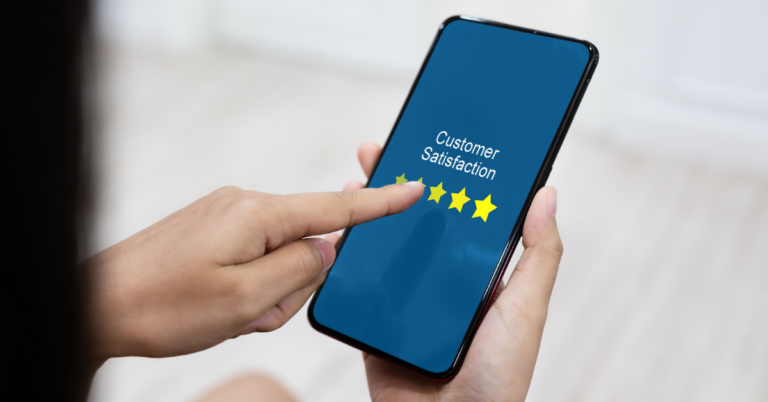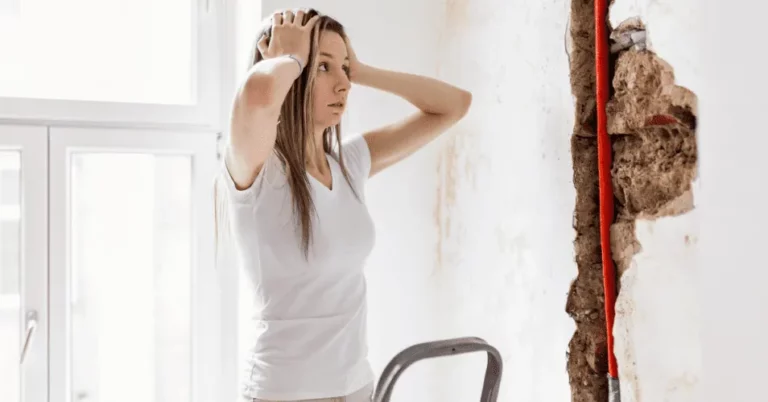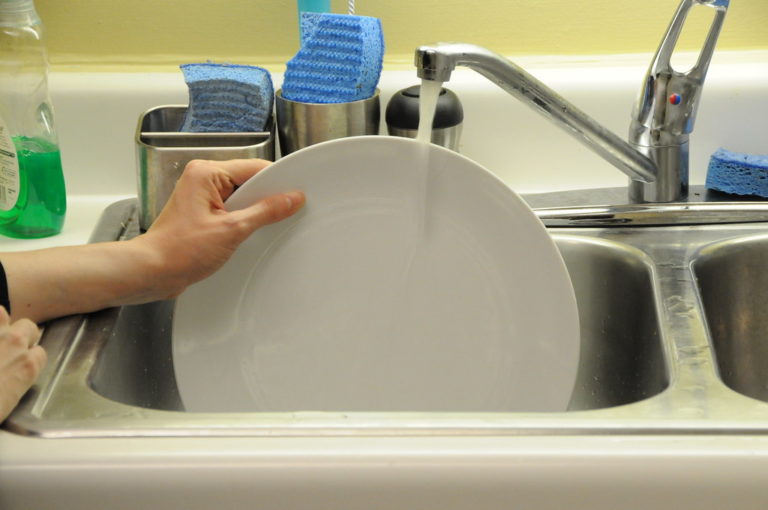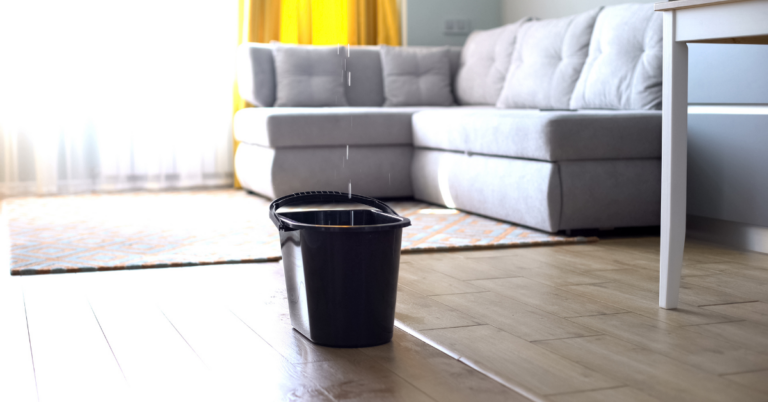How To Get Through A Boil Water Advisory
Have you ever seen or heard of a boil water advisory? They’re also known as a boil water alert, boil water notice, boil water warning, or more simply a boil order. These advisories — made by your local public health or government authority — scroll across the bottom of your screen on your news channel. And they are designed to keep you safe in a water-related emergency.
I’ll be the first to admit, not many boil water advisories will ever reach the scope and severity of what happened in Flint, MI. But they need to be taken seriously none-the-less. Although most boil water events are short-lived, they occur far more frequently than you might think. In fact, between 2012-2014 alone, there were 20,873 such boil alerts.
Don’t Do This During A Boil Water Advisory
When under this kind of advisory, your water might be contaminated by harmful pathogens (any bacterium, virus, parasite or other microorganism that causes disease). Your first precautionary step to avoid disease is to not engage in any of these water-related activities:
Do NOT do any of these things during a boil water advisory:
- drink water
- make and drink coffee or tea
- cook with water
- brush your teeth with water
- make ice (freezing water does not kill pathogens)
- wash yourself or your dishes (without precautions)
Put more simply, if you are under a boil water alert, you need to immediately stop using any unboiled water: don’t use it, don’t consume it.
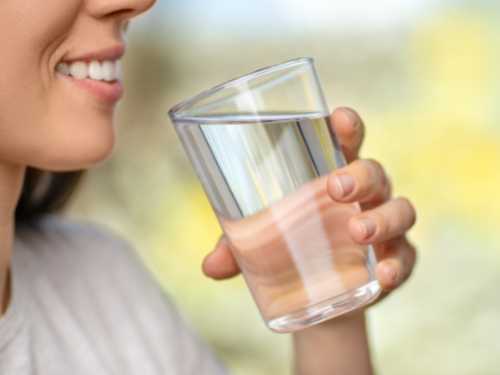
So, How Do I Get Through A Boil Water Alert?
Washing Hands During COVID-19
This goes without saying, but it’s especially important during this pandemic to be extra careful. According to the CDC (Centers for Disease Control), “…in most cases, it is safe to wash your hands with soap and tap water during a Boil Water Advisory.”
Ideally, the safest way to wash your hands is to boil the water and then wash with soap and water. Another safe hand- and face-cleaning method includes washing with bottled water. If no safe water source is available, use an alcohol-based hand sanitizer that contains at least 60 percent alcohol.
Keep in mind, if you are washing your hands to prepare food, use boiled (then cooled) water, or bottled water, with hand soap and vigorous scrubbing for at least 20 seconds.
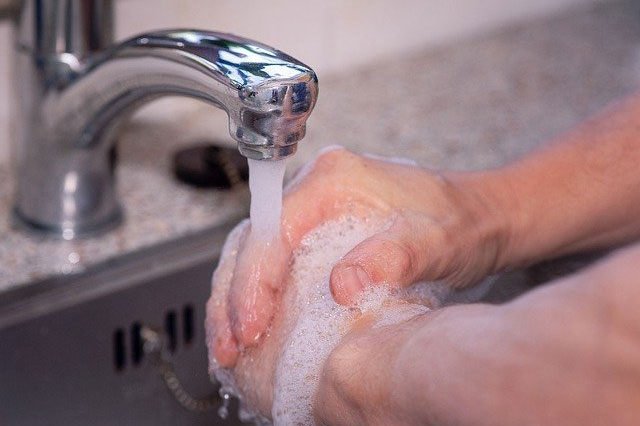
Boiling Your Drinking Water Properly
If you’ve ever been under an advisory, you’ve most likely been told that you are better off using bottled water. However, bottled water isn’t always an option, especially if you feel unsafe going to the grocery store in a pandemic. So, if you need to use regular tap water, make sure you prepare it correctly.
Yeah, yeah, we know…boiling water should be way too easy to have to describe. But hey, it’s your health we’re talking about. So let’s make sure we do this right:
- Pour tap water into a large pot, place it on your stove top
- Turn the temperature to high (How long does it take for water to boil? A good rule of thumb is 2 minutes per cup)
- Make sure your water is fully boiling (a roiling boil is what they call it) for at least 1 minute
- Allow boiled water to cool down; let it cool down naturally (as noted earlier, don’t use ice cubes from your refrigerator)
Once you boil your water, it will last indefinitely. Just place any used water in your refrigerator like you would a pitcher of drinking water.
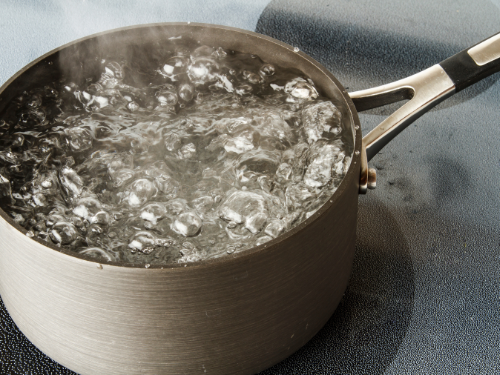
Important Reminder: Many homeowners have access to filtered water via a filter attached to their kitchen faucet or a whole-house water filtration system like the one in my home. However, even filtered water isn’t safe unless you boil it because anything that connects to your water line probably has some sort of contamination.
Make Sure You Don’t Swallow!
If your boil water warning continues well into the day or longer, you will probably have to attempt to take a shower, brush your teeth, or clean off your kids in your sink or tub. I can’t even stand leaving my house without first taking a shower.
You can do this somewhat safely, although it’s ideal to avoid all of these activities until the crisis is over or you can use boiled or bottled water. In the case that you just have to take care of that personal hygiene, our safety tip is simple: don’t get it into your nose, eyes, or mouth.
This could be difficult with young children, especially toddlers. We recommend placing them in a tub or sink and using a sponge to clean them off. For brushing teeth, swallowing can be just as harmful as drinking the water. But the answer is easy: make a small cup or two of boiling water (see instructions above), make sure it cools down, then brush safely.
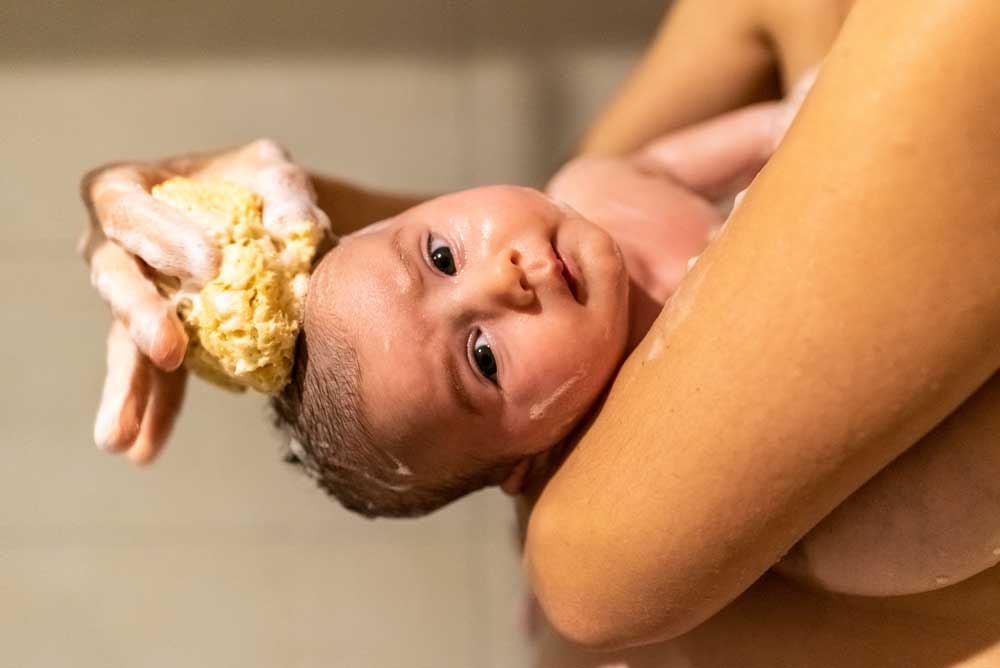
What About My Pets?
Boil water alerts aren’t just for humans. They will protect your pets too. Your pets can get sick by many of the same germs that people get. They can even spread them to humans. So it’s important you follow the same rules with them.
Cats and dogs are the most likely pets that you’ll need to worry about during a boil water emergency. Let’s face it, they’ll drink anything they find with little thought. Make sure you remove the water from their bowls and replace it with bottled or boiled water. Also close the lids on all of your toilets — hey, we’ve all seen our dogs take the drink of shame.
Keep a vigilant watch on their behavior throughout the advisory. If you see any signs of harm from contamination, such as trouble breathing or walking, call your veterinarian immediately.
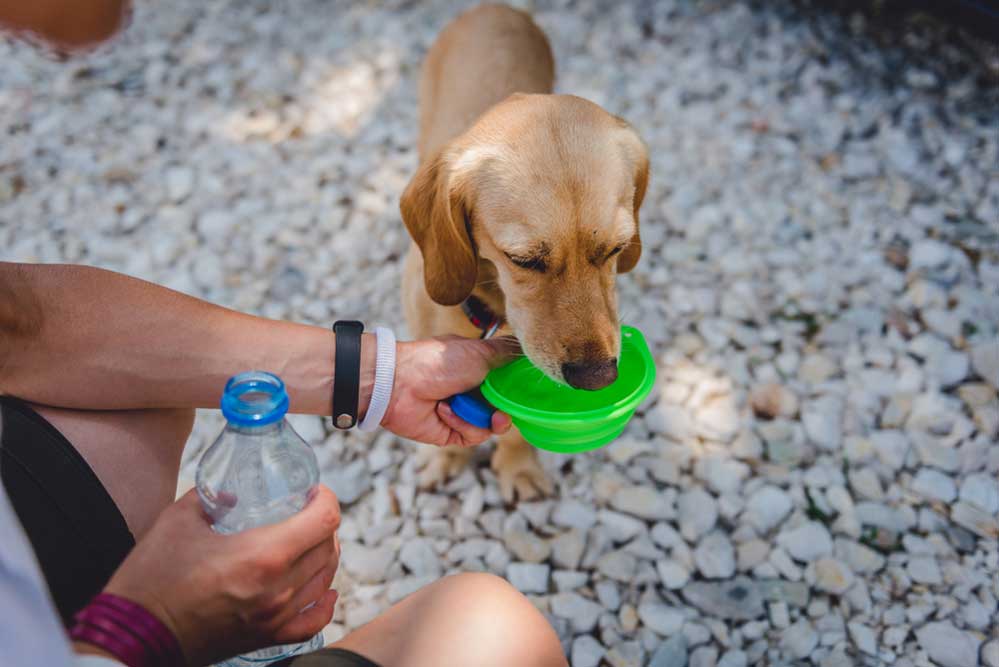
Can I Use Tap Water For Anything During A Boil Order?
Finally, some good news. While it might seem scary, there are things you can do with tap water that has not been boiled properly. Like washing your clothes, or watering your house plants and garden. You can even wash your dishes. But you must allow them to completely air dry before using them (most household dishwashers don’t reach the proper temperature to sanitize dishes).
Final Thoughts
When there are boil advisories, it is important to know how to handle your water safely. This goes for anything you might need to use water for during that boil advisory. We want you, your family, and your pets to stay safe when times like this arise.
Call 1-Tom-Plumber
If you need more help, don’t hesitate to contact us or call us at 1-Tom-Plumber (1-866-758-6237). We immediately handle any emergency plumbing, drain cleaning and drain clearing, and water damage problem, including excavation of underground water lines and sewer main lines.
